Government Initiatives and Funding
Government policies and funding initiatives play a crucial role in the Kidney Dialysis Equipment Market. Many countries are implementing programs aimed at improving access to dialysis services, which often includes financial support for purchasing necessary equipment. For example, reimbursement policies for dialysis treatments are being revised to ensure that patients can afford the care they need. This financial backing encourages healthcare facilities to upgrade their dialysis equipment, thereby enhancing service delivery. As a result, the Kidney Dialysis Equipment Market is likely to benefit from increased investments in both public and private healthcare sectors, fostering a more robust infrastructure for kidney disease management.
Increasing Prevalence of Kidney Diseases
The rising incidence of chronic kidney diseases is a primary driver for the Kidney Dialysis Equipment Market. According to recent data, approximately 10% of the population is affected by some form of kidney disease, leading to a heightened demand for dialysis treatments. This trend is likely to continue as lifestyle factors, such as obesity and diabetes, contribute to kidney health deterioration. Consequently, healthcare providers are compelled to invest in advanced dialysis equipment to cater to the growing patient population. The Kidney Dialysis Equipment Market is thus experiencing a surge in demand for both in-center and home dialysis solutions, as patients seek effective management of their conditions.
Rising Awareness and Education on Kidney Health
There is a growing awareness regarding kidney health and the importance of early detection of kidney diseases, which is influencing the Kidney Dialysis Equipment Market. Educational campaigns and initiatives by health organizations are informing the public about risk factors and the necessity of regular screenings. This heightened awareness is likely to lead to earlier diagnoses and, consequently, an increased demand for dialysis services. As patients become more informed about their health options, the Kidney Dialysis Equipment Market is expected to see a rise in the utilization of dialysis equipment, both in clinical settings and at home.
Technological Advancements in Dialysis Equipment
Technological innovations are significantly shaping the Kidney Dialysis Equipment Market. The introduction of automated and portable dialysis machines has revolutionized treatment options, allowing for greater flexibility and improved patient outcomes. For instance, advancements in filtration technology and biocompatible materials have enhanced the efficiency and safety of dialysis procedures. Market data indicates that the segment for home dialysis equipment is expanding rapidly, driven by these technological improvements. As manufacturers continue to innovate, the Kidney Dialysis Equipment Market is poised for growth, with an increasing number of patients opting for home-based therapies that offer convenience and autonomy.
Aging Population and Increased Healthcare Expenditure
The demographic shift towards an aging population is a significant driver of the Kidney Dialysis Equipment Market. Older adults are more susceptible to chronic illnesses, including kidney disease, which necessitates regular dialysis treatment. As healthcare expenditure rises, particularly in developed regions, there is a corresponding increase in the allocation of funds towards renal care. This trend suggests that healthcare systems are prioritizing investments in dialysis technologies to meet the needs of an aging demographic. Consequently, the Kidney Dialysis Equipment Market is expected to expand as healthcare providers seek to enhance their offerings and improve patient care for this vulnerable population.


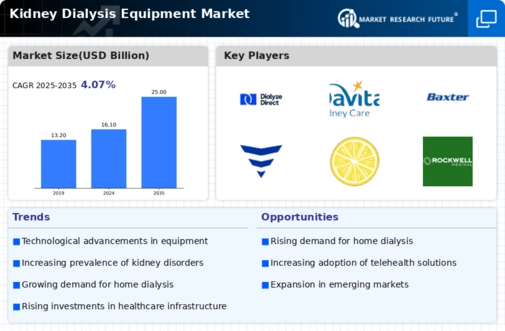
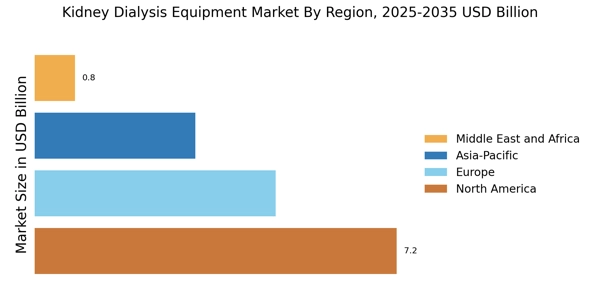

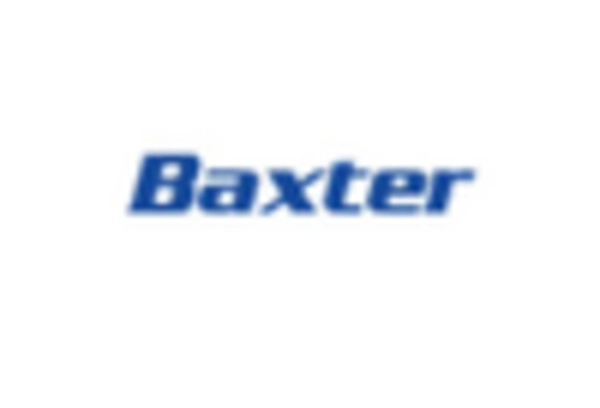


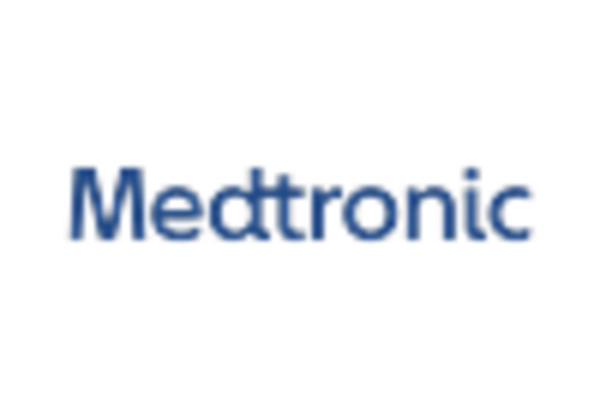
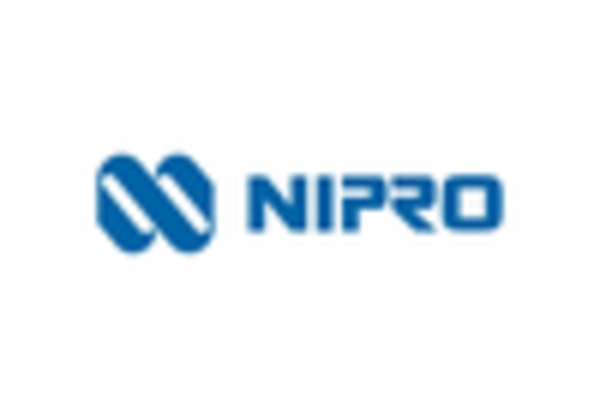








Leave a Comment